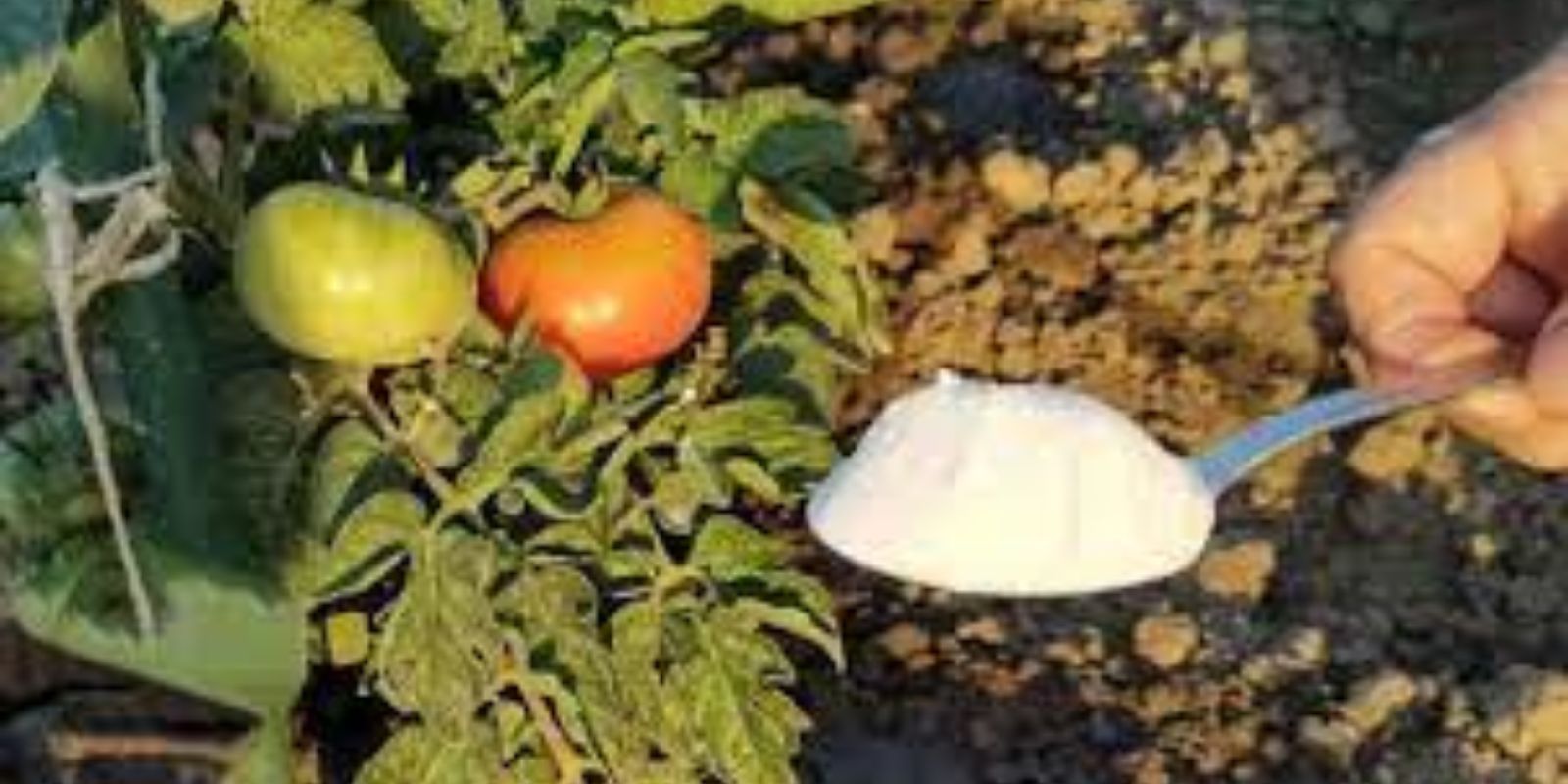Growing a successful vegetable garden involves more than just planting seeds and waiting for them to grow. For gardeners, especially those cultivating tomatoes, peppers, and cucumbers, the key to a bountiful harvest lies in understanding and providing the right nutrients. One essential element often overlooked can dramatically enhance the growth and productivity of these beloved garden staples. In this article, we’ll explore why this nutrient is crucial and how to ensure your plants get it for optimal results.
Introduction: The Importance of Proper Nutrition
Tomatoes, peppers, and cucumbers are popular choices for home gardens due to their versatility and taste. However, to achieve a healthy, thriving garden, it’s vital to give these plants more than just water and sunlight. The secret to vibrant growth and abundant yields lies in the proper application of essential nutrients. Among these, one key element stands out for its significant impact on plant health and productivity.
Understanding Essential Nutrients
Plants require a variety of nutrients to grow strong and produce fruit. These nutrients are typically classified into macronutrients and micronutrients:
- Macronutrients: These include nitrogen (N), phosphorus (P), and potassium (K), which are required in large amounts for plant growth.
- Micronutrients: These are needed in smaller quantities but are equally important for various plant functions. Examples include calcium, magnesium, and sulfur.
The Key Nutrient: Calcium
While many gardeners focus on macronutrients, calcium is often the overlooked hero in plant nutrition. Calcium plays several crucial roles in plant health:
- Cell Wall Strength: Calcium is a vital component of plant cell walls, helping to strengthen them and improve overall plant structure.
- Disease Resistance: Adequate calcium levels enhance the plant’s ability to resist diseases, particularly those affecting the fruits.
- Root Development: Calcium promotes healthy root development, which is essential for the efficient uptake of water and other nutrients.
Steps to Ensure Your Plants Get Enough Calcium
1. Choose the Right Fertilizer
Selecting a balanced, all-purpose fertilizer that includes calcium is the first step. Look for fertilizers labeled with calcium or those containing calcium carbonate, gypsum, or lime. These products help replenish calcium levels in the soil and provide additional nutrients that support plant growth.
2. Prepare the Soil
Before planting, it’s essential to prepare the soil to ensure that it’s rich in nutrients. Here’s how you can incorporate calcium into your soil preparation:
- Soil Testing: Conduct a soil test to determine the current nutrient levels and pH of your soil. This will help you understand how much calcium is needed.
- Incorporate Calcium: Based on the soil test results, mix the appropriate amount of calcium-containing fertilizer into the soil. This ensures that calcium is evenly distributed and available to plant roots.
3. Follow Application Instructions
Applying calcium correctly is crucial for effective nutrient uptake. Follow these guidelines:
- Read Labels: Always follow the manufacturer’s instructions on the fertilizer package. This includes the recommended application rate and frequency.
- Avoid Over-Application: Too much calcium can lead to imbalances in other nutrients. Stick to the recommended amounts to maintain a healthy nutrient balance.
4. Monitor Plant Health
Regularly observing your plants can provide valuable insights into their nutrient needs. Look for signs of calcium deficiency, such as:
- Blossom End Rot: This condition is common in tomatoes and peppers and appears as dark, sunken spots on the fruit.
- Leaf Curling: Calcium deficiency can cause leaves to curl or become distorted.
- Poor Fruit Development: Inadequate calcium can lead to misshapen or poorly developed fruit.
If you notice these symptoms, it may indicate a calcium deficiency or an imbalance in soil nutrients. Adjust your fertilization practices accordingly to address the issue.
Additional Tips for Healthy Vegetable Plants
In addition to providing calcium, consider these tips to further enhance the growth of tomatoes, peppers, and cucumbers:
- Consistent Watering: Ensure your plants receive consistent moisture, especially during dry periods. Irregular watering can lead to nutrient deficiencies and poor fruit development.
- Proper Spacing: Give your plants enough space to grow and receive adequate sunlight and airflow. Overcrowding can increase the risk of disease and hinder growth.
- Mulching: Use organic mulch around your plants to retain soil moisture, suppress weeds, and gradually add nutrients to the soil as it decomposes.
Conclusion: The Role of Calcium in a Thriving Garden
Incorporating calcium into your gardening routine can make a significant difference in the health and productivity of your tomatoes, peppers, and cucumbers. By choosing the right fertilizer, preparing the soil properly, following application instructions, and monitoring plant health, you can ensure that your plants receive the essential nutrients they need to thrive.
Call to Action: Have you experienced the benefits of calcium in your garden? Share your successes or ask for further gardening advice in the comments below. Let’s work together to cultivate healthier, more productive gardens! 🌱🍅🌶️🥒

